What Size Wrench to Bleed Brakes?
Selecting the correct wrench size is always important to properly execute the task without wasting time. In addition, knowing the ideal wrench size will ensure everything is in good order during and after bleeding the brakes. If you don’t know what size wrench to bleed brakes, in this quick guide, we will explain everything you need to know regarding this topic.
What Size Wrench to Bleed Brakes?
The size of the wrench you’ll need depends on the type of bleeder valve used.
Most vehicles use either an 8mm, 10mm, or 11mm wrench for bleeding brakes. However, some vehicles may use a different size, so it’s a good idea to check the size of the bleeder valve before starting the bleeding process.
What is the Importance of Selecting the Right Size Wrench When Bleeding Brakes?
Using the correct size wrench helps prevent stripping or rounding off the bleeder valve. A damaged bleeder valve can be difficult to open or close properly, leading to leaks and potential brake system failure. This can directly impact the safety as well.
In addition, a properly fitting wrench ensures a secure grip on the bleeder valve, reducing the risk of slipping and causing injury or damage to the surrounding components.
Also, it allows you to open and close the bleeder valve quickly and easily, reducing the time it takes to bleed the brakes.
Do You Need a Special Wrench to Bleed Brakes?
No, you do not need a special wrench to bleed brakes. A standard wrench that fits the bleeder valve on your vehicle’s brake calipers or wheel cylinders will suffice. However, there are some specialized brake bleeding wrenches available that can make the job easier.
These wrenches are typically designed with a bleeder valve fitting on one end and a handle or lever on the other, allowing you to open and close the bleeder valve with one tool. They may also have a flexible hose attached to the end to direct the fluid into a container.
While these specialized wrenches are not required, they can be helpful, especially if you plan on bleeding brakes frequently.
Are there Any Special Wrenches to Bleed Brakes?
Yes, there are special wrenches designed specifically for bleeding brakes. These wrenches are typically referred to as “brake bleeder wrenches” or “brake bleeder keys.” They are designed to fit snugly onto the bleeder valve on the brake caliper or wheel cylinder, allowing you to open and close the valve with ease.
Brake bleeder wrenches often have a hexagonal or square shape that matches the shape of the bleeder valve, ensuring a secure grip. They may also have a built-in handle or lever that makes it easier to turn the wrench, especially in tight spaces.
Some brake bleeder wrenches come with a flexible hose attached to the end, which can help direct the brake fluid into a container during the bleeding process.
While these specialized wrenches are not required to bleed brakes, they can make the job easier and more efficient, especially if you plan on bleeding brakes frequently.
Can I Use a Socket Wrench with a Bleeder Valve Adapter to Bleed Brakes?
Yes, you can use a socket wrench with a bleeder valve adapter to bleed brakes. Socket wrenches are commonly used for this purpose because they provide a secure grip on the bleeder valve, making it easier to open and close.
The bleeder valve adapter allows you to attach the socket wrench to the bleeder valve, providing the leverage needed to turn the valve. This method is particularly useful for bleeder valves that are difficult to access or require extra torque to open.
Just ensure that the adapter fits securely onto the bleeder valve and that you use the correct size socket for the adapter to avoid damaging the valve.
What Should I Do if the Wrench Slips on the Bleeder Valve?
Stop immediately; Release the wrench and stop applying force to the bleeder valve. Then, check the condition of the wrench to ensure it is not damaged or worn. If the wrench is damaged, replace it before attempting to bleed the brakes again.
Inspect the bleeder valve to ensure it is not damaged or rounded off. If the valve appears to be damaged, do not attempt to continue bleeding the brakes. Carefully reposition the wrench on the bleeder valve, ensuring it fits securely. Use caution to avoid slipping again.
If you are unable to stop the wrench from slipping or if the bleeder valve is damaged, seek the assistance of a professional mechanic to avoid causing further damage to the brake system.
How Do I Prevent Rounding off the Corners of the Bleeder Valve When Using a Wrench?
- Ensure that you are using a wrench that fits the bleeder valve snugly. Using a wrench that is too small can cause the corners of the valve to round off.
- When turning the wrench, apply even pressure to all sides of the bleeder valve. Avoid applying excessive force to one side, as this can cause the corners to round off.
- A six-point wrench provides more contact with the sides of the bleeder valve than a twelve-point wrench, reducing the risk of rounding off the corners.
- If the bleeder valve is stuck, apply a penetrating oil to help loosen it before attempting to turn it with a wrench. This can reduce the amount of force needed to turn the valve.
- If the bleeder valve is worn out or damaged, replace it before attempting to bleed the brakes. A damaged valve is more likely to round off when using a wrench.
Related


Meet Lakith, the driving force behind MyGasMagazine.com. A seasoned mechanic with over 7 years of hands-on experience in our family-run Gas Mag Garage, Lakith combines his technical expertise with a deep passion for cars. His journey in the automotive world began alongside his father, learning the intricacies of car repair and maintenance. Today, as the founder of MyGasMagazine.com, Lakith shares his wealth of knowledge, offering readers a unique blend of practical advice, industry insights, and engaging stories from the vibrant car culture of Sri Lanka.


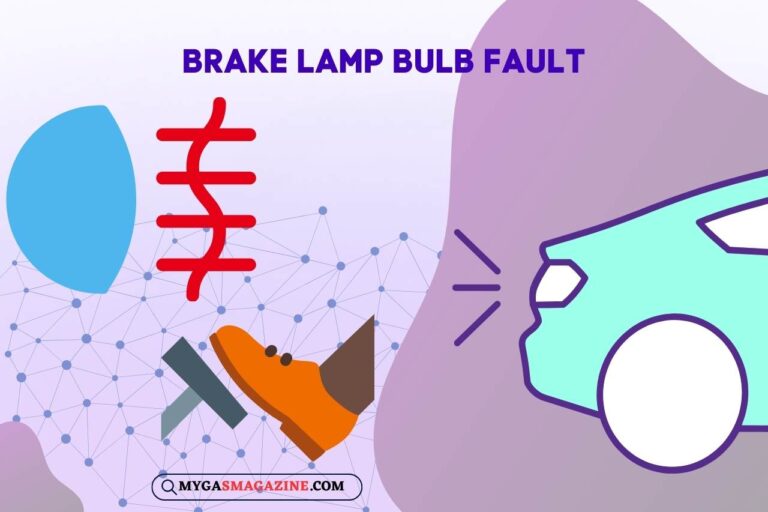
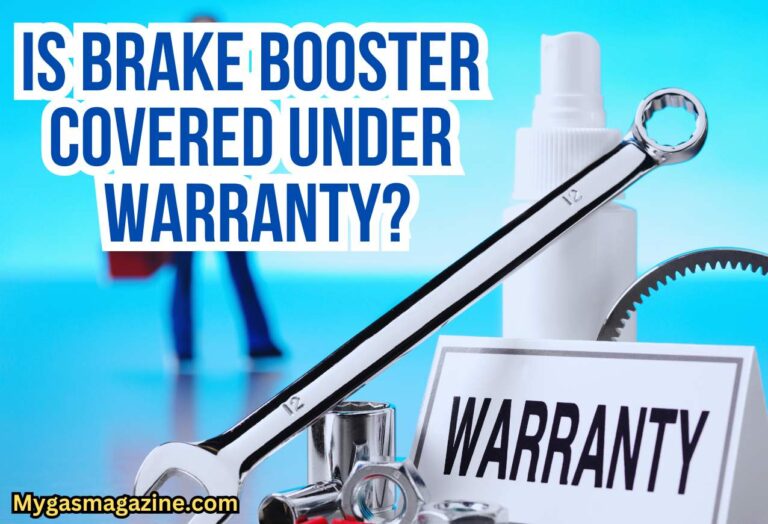
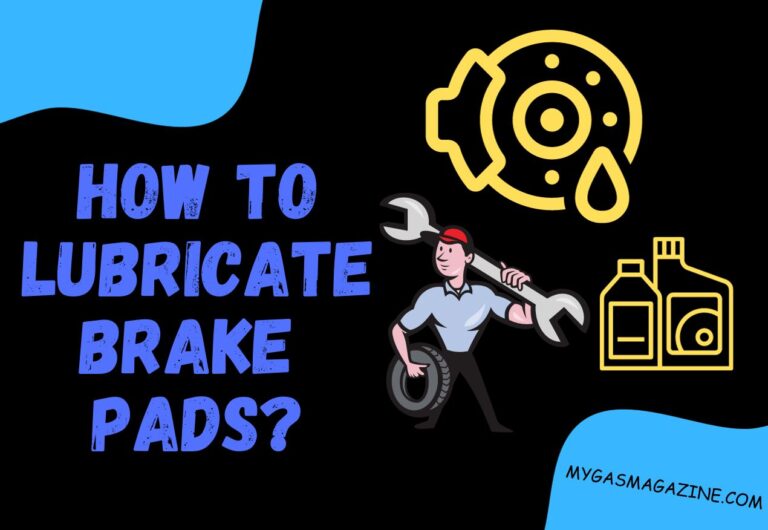
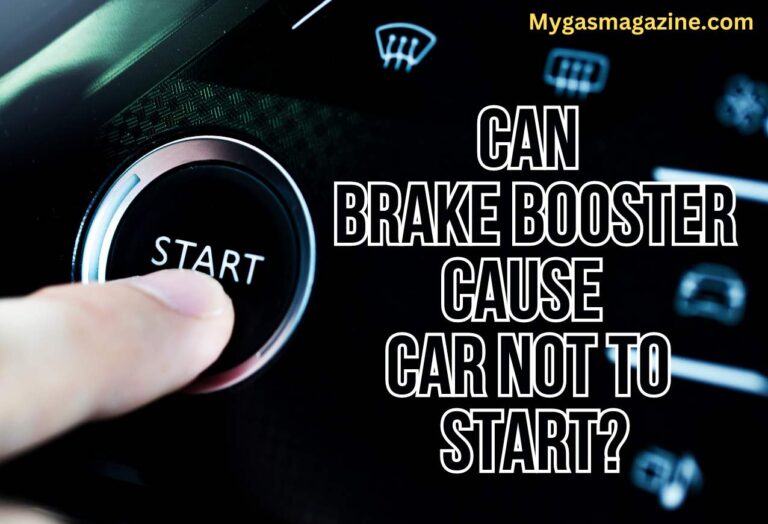

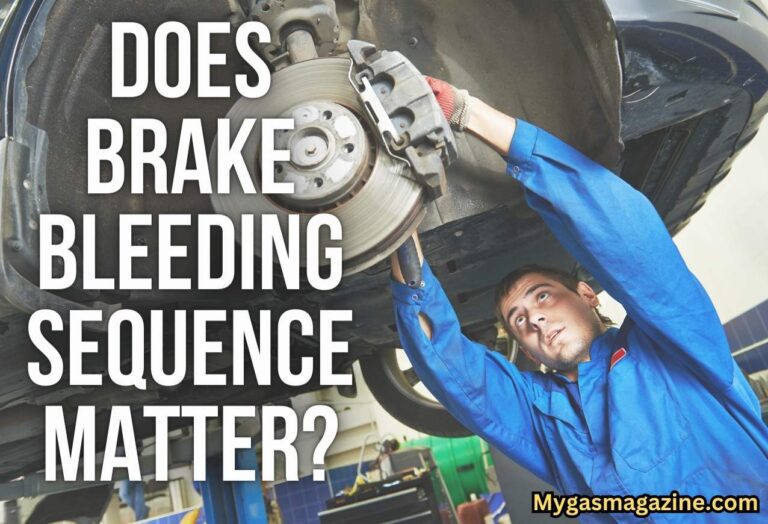
2 Comments
Comments are closed.